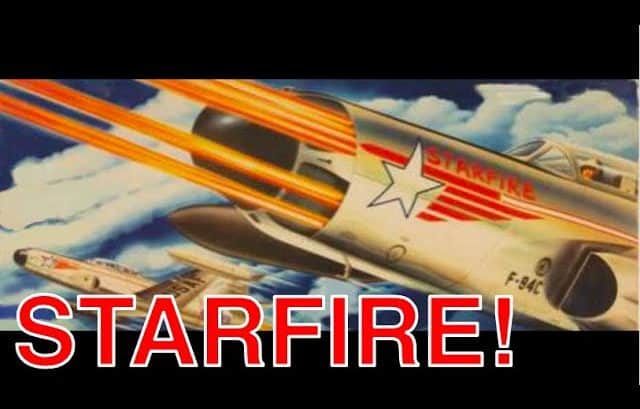During the late 1940s, the USAF desperately needed a jet interceptor that can penetrate all kinds of weather, and enough firepower to take down heavy bombers.
Thus, the F-94 Starfire was born, a fighter that was technically considered a strategic success, but a tactical failure. It was overlooked and forgotten since it was deemed an unreliable aircraft.
Shocking Results
Between April 28 and May 10, 1948, the Air Defense and Strategic Air Command conducted a massive exercise simulating bombing attacks across the continental United States. This led to shocking results- the obsolete B-29 bombers can easily penetrate the US’ fighter shield, and was able to drop simulated nuclear weapons across several cities in the US.
US Air Defenses are woefully inadequate, and had the B-29s been an enemy aircraft, the Northwest would have been hard hit.
Issues
After numerous teething problems especially with the J-33 engines, the F-94A finally entered service in the summer of 1950. F94s were steered into position by ground control. Once the radar observer detected the bombers on the fighter’s radar, the pilot would then use the afterburner to climb high above the bomber formations, and dive down a course that allowed them to attack the beam of their chosen target.
If the weather is bad, they’d attack from the rear or on a level course on the side. Both these attack patterns expose the interceptors to a higher volume of defensive fire. This was a particular issue for the F-94a as it was armed with only 450 caliber machine guns. Although excellent in dogfights, the lightness of the 50-caliber made it a poor weapon against bombers. Its fuel system was also temperamental- altitude handling was described as sluggish, and bordering on terrifying. Because of the cramped cabin, the plane was difficult for the crew to get into during alerts. Tight clearance also led to several accidents on ejection.
Rugged Aircraft
Throughout the remainder of the Korean War, the F-94b proved to be a reliable aircraft, even in darkness or poor weather. F-94s protected B-2-like bombers and could fly deep into North Korea when other aircraft were grounded due to poor weather.
Korean war veterans praised the aircraft- considering it rugged and could fly many hours without maintenance. Still, a total of 28 F-94s were lost during the war.
Radical Redesign
The final version of the F-94 was a much more radical redesign- the F-94c. However, the new engine proved to be unreliable as that of the earlier F-94a. Afterburners cracked and nozzles warped leading to a substantial redesign of the entire engine.
Performance didn’t match what was promised. The engines also flamed out when the full nose load of 24 rockets was salvoed above 25,000 feet. Firing any rockets blinded the crew for several seconds. Delivered between 1953 and May 1954, it showed limited performance and reliability issues.
Conclusion
On the surface, the Starfire looked like a waste of resources, a plane that arrived too late with too many flaws. It was in service for 10 years and held in low regard throughout. On the other hand, it was also an aircraft of many firsts.
It was the first US fighter with an afterburner, the first to engage and destroy enemy aircraft without visual contact, and the first to feature an all-rocket armament. Technologically, it became a flying test bed for a wide array of technologies that will eventually be the backbone of the US interceptor community for nearly two decades.


